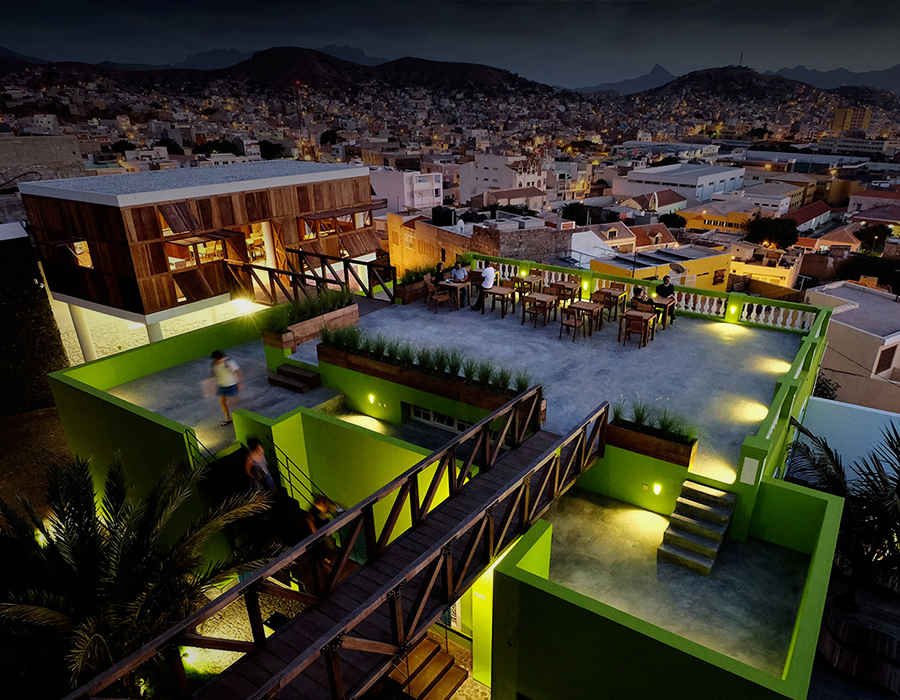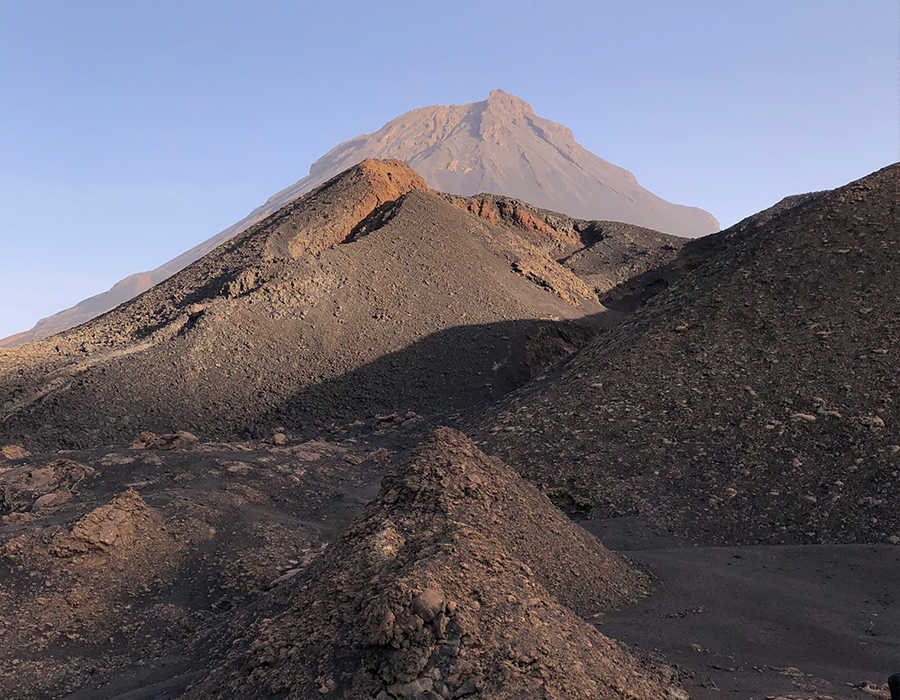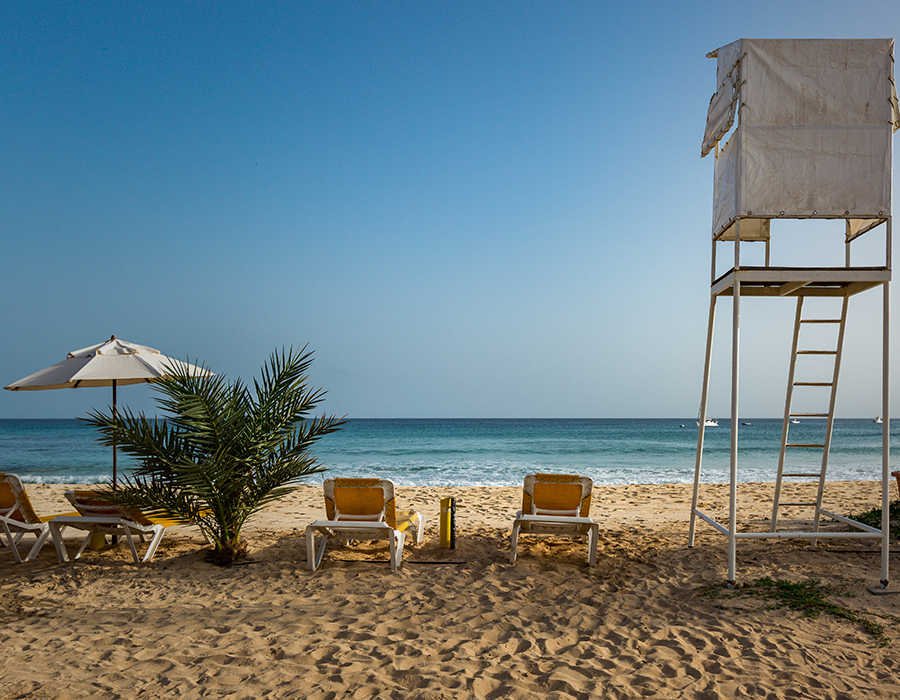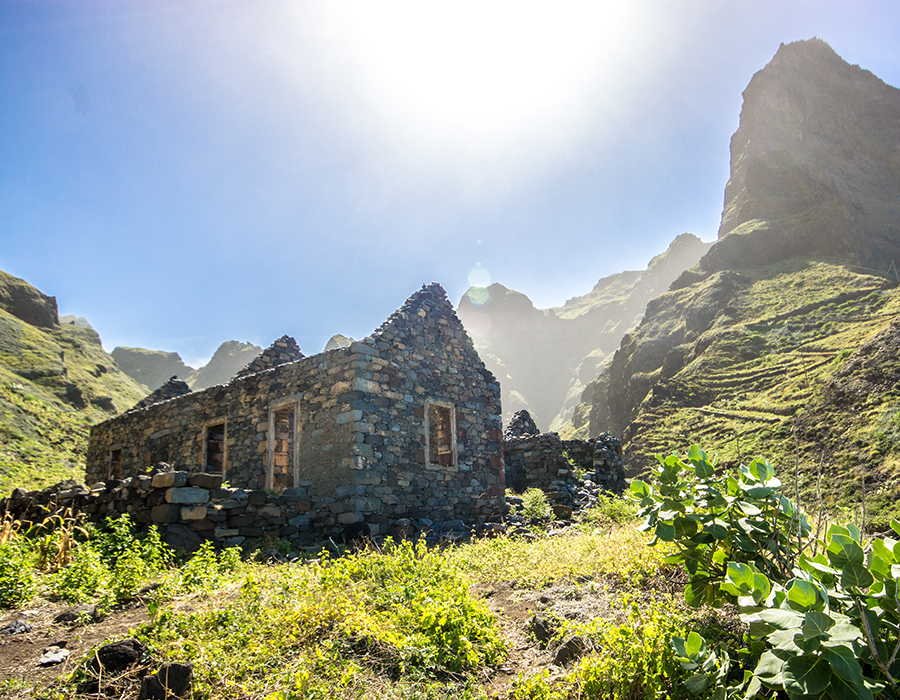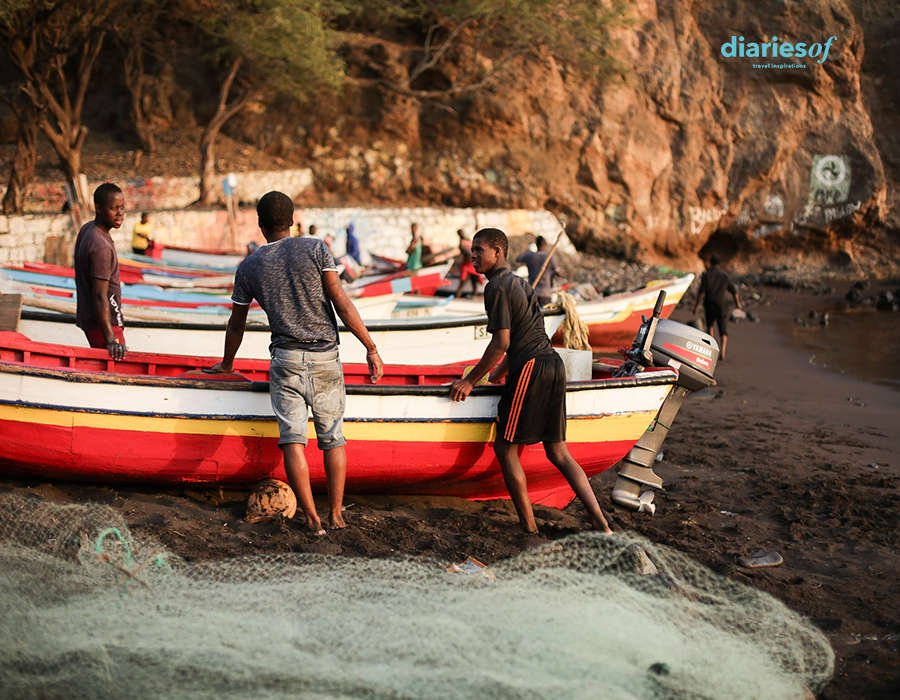The warmth of the waters of Cape Verde is one of the main reasons why they are home to countless marine species. Biodiversity in Cape Verde is one of its most outstanding characteristics and, of course, one of the tourist attractions par excellence.
The richness of the flora and fauna in the archipelago not only makes it an ideal destination for nature observation, but also informs about the need to contribute to its preservation. Here are some of the main species that make up the Cape Verdean natural heritage and that you will have the opportunity to see on your trip.
The waters of Cape Verde represent the habitat of a great variety of sea turtles. It is possible to find five species of these animals: loggerhead, hawksbill, green, olive ridley and leatherback. Unfortunately, each and every one of them is in danger of extinction, so, apart from being protected by international legislation, there are several projects in the country that are taking care of their preservation.
Beyond being aware of its existence
These species are characterized by being migratory and, in fact, the loggerhead turtle(Caretta Caretta) is the only one that nests in the African archipelago. Curiously, Cape Verde is home to the second largest nesting population of these turtles in the Atlantic area and the third largest in the world, only behind Florida and Oman. Hence the importance of providing protection to these sea turtles in the country, given their high presence.
"These turtles nest mainly near the shores of Boa Vista Island, drawing the hopeless attention of travelers passing through."
Although the loggerhead turtle is perhaps the icon of the archipelago, the reality is that the biodiversity in Cape Verde is enormous. In the field of seabirds, there is also a great richness and variety. Some of the most abundant are the Bulwer’s Petrel, the Pardela, the Paiño pechialbo. It also highlights the ethereal Black-bellied Sandpiper, the Brown Booby and a long etcetera. Most of them can be easily observed with a little attention.
When talking about biodiversity in Cape Verde, one cannot fail to mention the humpback whales, another of the archipelago’s symbols par excellence in terms of marine fauna. The truth is that the coasts of the country are one of the few places in the Atlantic where this mammal reproduces. When this happens (especially in the months of March to May), it is a real spectacle. Moreover, it is very common to organize whale-watching excursions on Boa Vista Island.

Biodiversity preservation efforts in Cape Verde
Although Cape Verde is a paradise in terms of biodiversity, the bad news is that many of the species mentioned are at risk of extinction. Therefore, conservation will depend to a large extent on the effort put into the conservation of the ecosystems where they live. Cape Verdean fauna faces threats such as climate change, habitat degradation (partly due to tourism), illegal fishing and poor tourism practices associated with the observation of these species.
Therefore, the preservation of biodiversity in Cape Verde is a matter that depends on everyone. This is the only way to ensure that the archipelago is not only a paradise for visitors, but also for the animals themselves.















